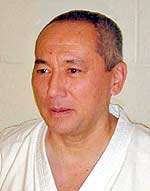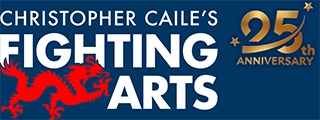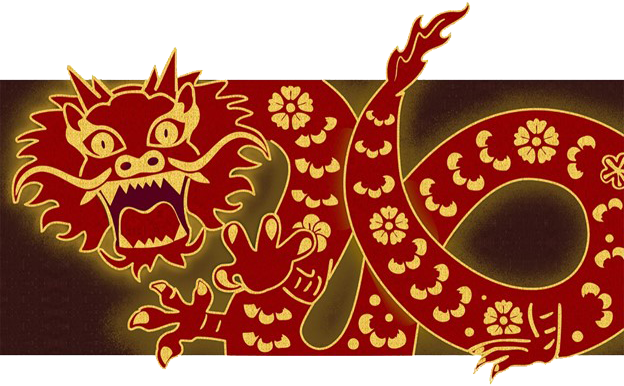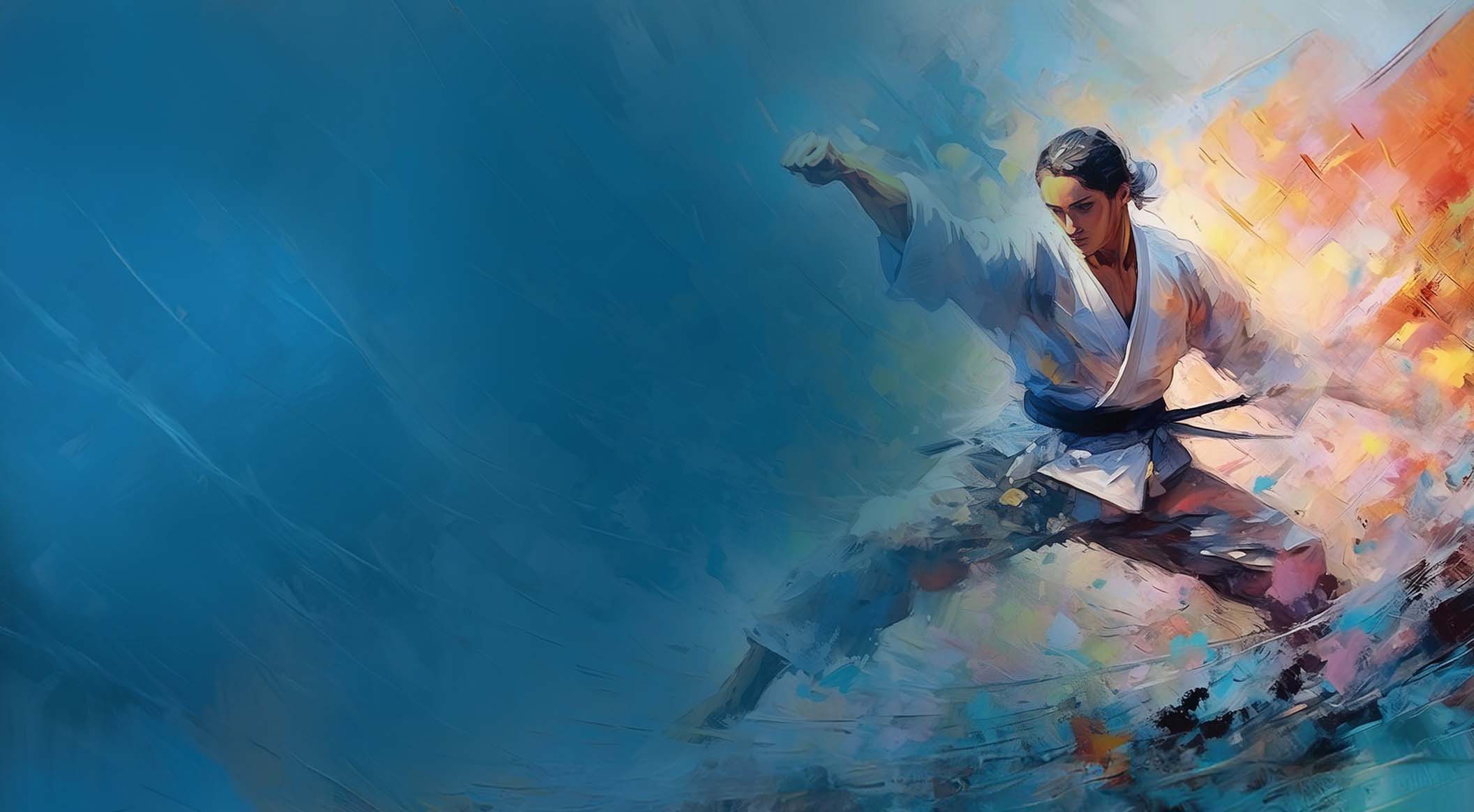Martial Mania
The Class Cork
By George Donahue

In France, the word for "cork" is bouchon. This, of course, refers to the stopper in a wine bottle. But it's also used to indicate a traffic jam, because the flow of traffic is corked up.
Almost every martial arts class or school has a cork. The cork may be a routine behavior of the instructor that habitually breaks or impedes the flow of a class. In some small schools, the instructor answers the phone during class, so as not to miss any inquiry from a potential new student. That is a definite cork, unless the instructor handles it smoothly. A cork may be any of a number of other things, including environmental distractions. For example, I was once a student in a university karate class that met in the main gym. The first hour of our class was very businesslike, but then the cheerleaders would arrive for practice right next to our space. The women cheerleaders at our school were extremely attractive, in a wholesome way. To the great annoyance of the women in our group, the males became distracted, inane, and totally incapable of focusing on anything. For us, men and women, the arrival of the cheerleaders, totally blameless though they were, was a cork.
Usually, however, the cork is a student in the class. It seems as though every school has at least one, at least some of the time. A few years back we had one, a very good-natured guy we nicknamed, for reasons he never quite understood, "Bouchon." I've always encouraged students to ask questions, at the appropriate time. Bouchon would stop up our class by asking unnecessary questions at inappropriate times. Even if we put off answering, the interruption was often annoying and disruptive anyway. Or it was funny enough to distract us and we would have to spend time re-centering ourselves. When a student is a willful cork, then the instructor has to take him aside and respectfully but firmly set him straight. But some corks are just stoppers by nature and can never be set straight for more than the moment, whatever the approach: reason, disciplinary consequences, ridicule, scorn. Nothing works and you just have to learn to deal with the occasional clogging of the process.
Having a cork in your class can have a lot of positives, too. Sometimes the questions or observations of Bouchon would trigger a new way of thinking about a technique, a new approach to a difficulty. A new explanation. The best thing, for me, about dealing with corks is that I've finally realized that what keeps us from developing to our full potential as martial arts students are our internal corks, whether we're aware of them or not. These internal corks are a far greater obstacle than any physical limitations we might have to deal with. We're all bouchon in one way or another at one time or another. Once we see that we're self-corked, we can figure out how to relieve the blockage, how to expel the detritus. Then we can improve
Copyright © 2008 George Donahue & FightingArts.com. All rights reserved.
George Donahue
George has been on the board of FightingArts.com since its inception and is also a Contributing Editor.
George is a retired book editor, with a career spanning four decades, among his positions have been editorial stints at Random House; Tuttle Publishing, where he was the executive editor, martial arts editor, and Asian culture editor; and Lyons Press, where he was the senior acquisitions editor and where he established a martial arts publishing program. At Tuttle, he was the in-house editor for the Bruce Lee Library. Throughout his career he also edited, acquired, or reissued a wide array of military history, martial arts, and Asia-centric titles.
He was born in Japan in 1951 and originally named Fujita Tojo, with the Buddhist name KanZan. He was renamed George Donahue when he was several months old. After living part of his early childhood in the U.S. and France, he returned to Japan when he was seven years old and immediately was put (involuntarily) into intense training in traditional Japanese martial arts. His childhood training in Japan was focused on judo and jujutsu, primarily with Ando Shunnosuke, who blended keisatsujutsu (often referred to as police judo) and Olympic style judo in his teaching. He also studied kyujutsu (archery), sojutsu (spear), and kenjutsu (swordsmanship), with several teachers under the direction of his uncle, Tomita Yutaka. Following his return to the U.S. when he was twelve years old, he continued to practice judo and jujutsu, as well as marksmanship with Western style compound bow and firearms, and began the study of Matsubayashi Ryu karate in his late teens. Subsequently, he has studied aikido and cross trained in Ying Jow Pai kung fu. He began studying tai chi chuan in 1973 and now teaches qi gong and tai chi for health and fitness, as well as Okinawa Taijiken, which blends the principals of Okinawan karate with tai chi.
After studying Okinawa Karatedo Matsubayashi Ryu for ten years, he changed his focus to the teaching of Kishaba Chokei. He has been a student of Shinzato Katsuhiko, the director of Okinawa Karatedo Shorin Ryu Kishaba Juku, which comprises karate and kobujutsu (including Yamane Ryu Bojutsu) since 1983. He was also a student of Nagamine Shoshin, Nagamine Takayoshi, Kishaba Chokei, and Nakamura Seigi until their deaths. A key teacher in the U.S. was Arthur Ng, with whom he trained and taught for several years in New York City. He currently teaches Kishaba Juku privately, along with special training in karate, weapons, and self-defense. He has taught seminars throughout the U.S. and in Israel.
He has been teaching martial arts almost continually for sixty years. His first class, at twelve years old, was in judo for a group of military dependents and airmen at Sioux City Air Base, Iowa, at a time when the Air Force Strategic Air Command was beginning to stress training in martial arts, particularly jujutsu.
He was introduced to Kundalini Yoga practice in Japan but didn't begin serious practice of Kundalini and Hatha Yoga until he was in college. He practices yoga at least an hour a day and now teaches various approaches to yoga. He is also a cancer exercise specialist and a Livestrong at the YMCA instructor, helping cancer survivors regain and maintain their vitality.
Search for more articles by this author:






